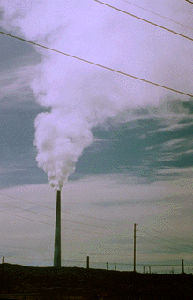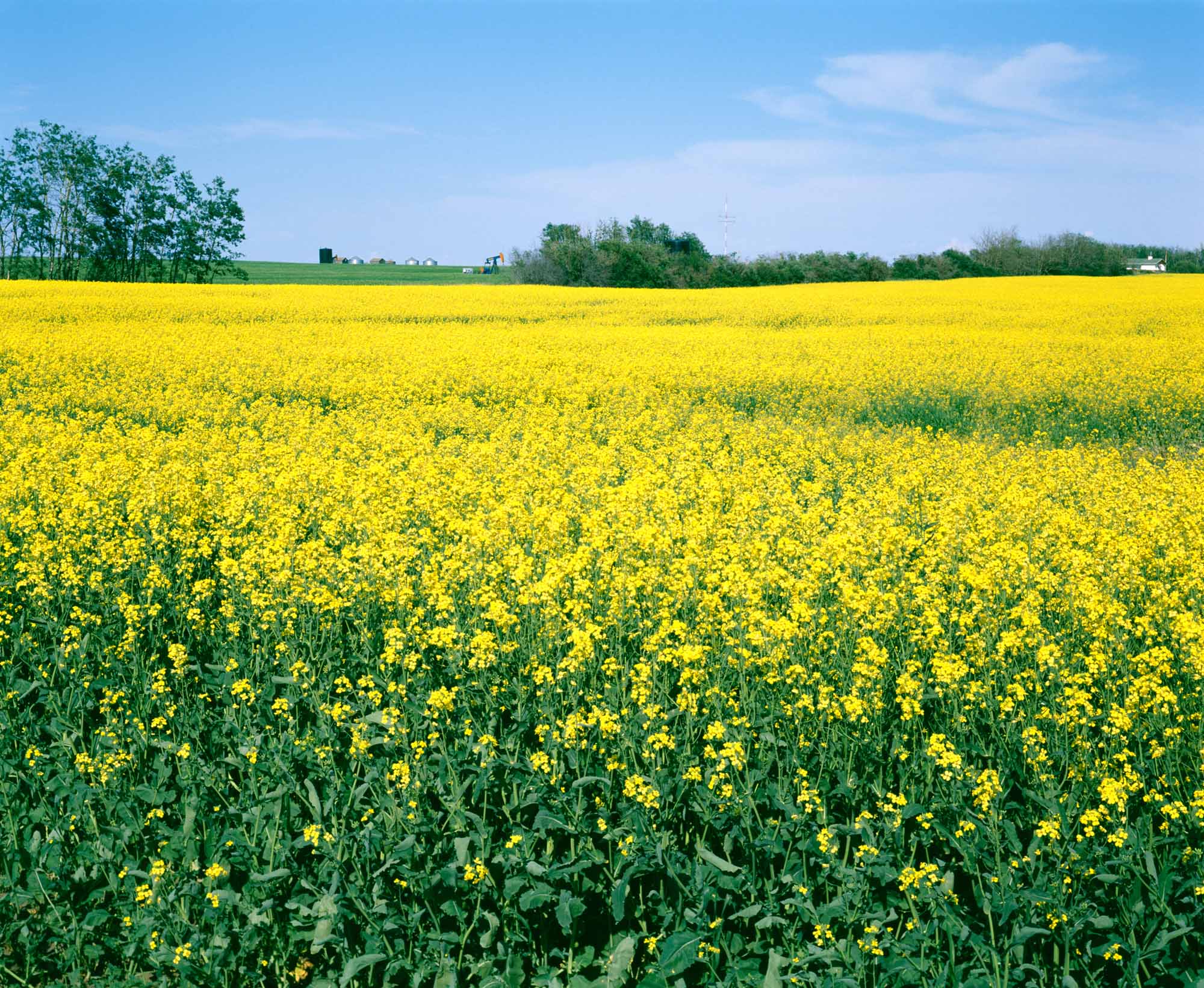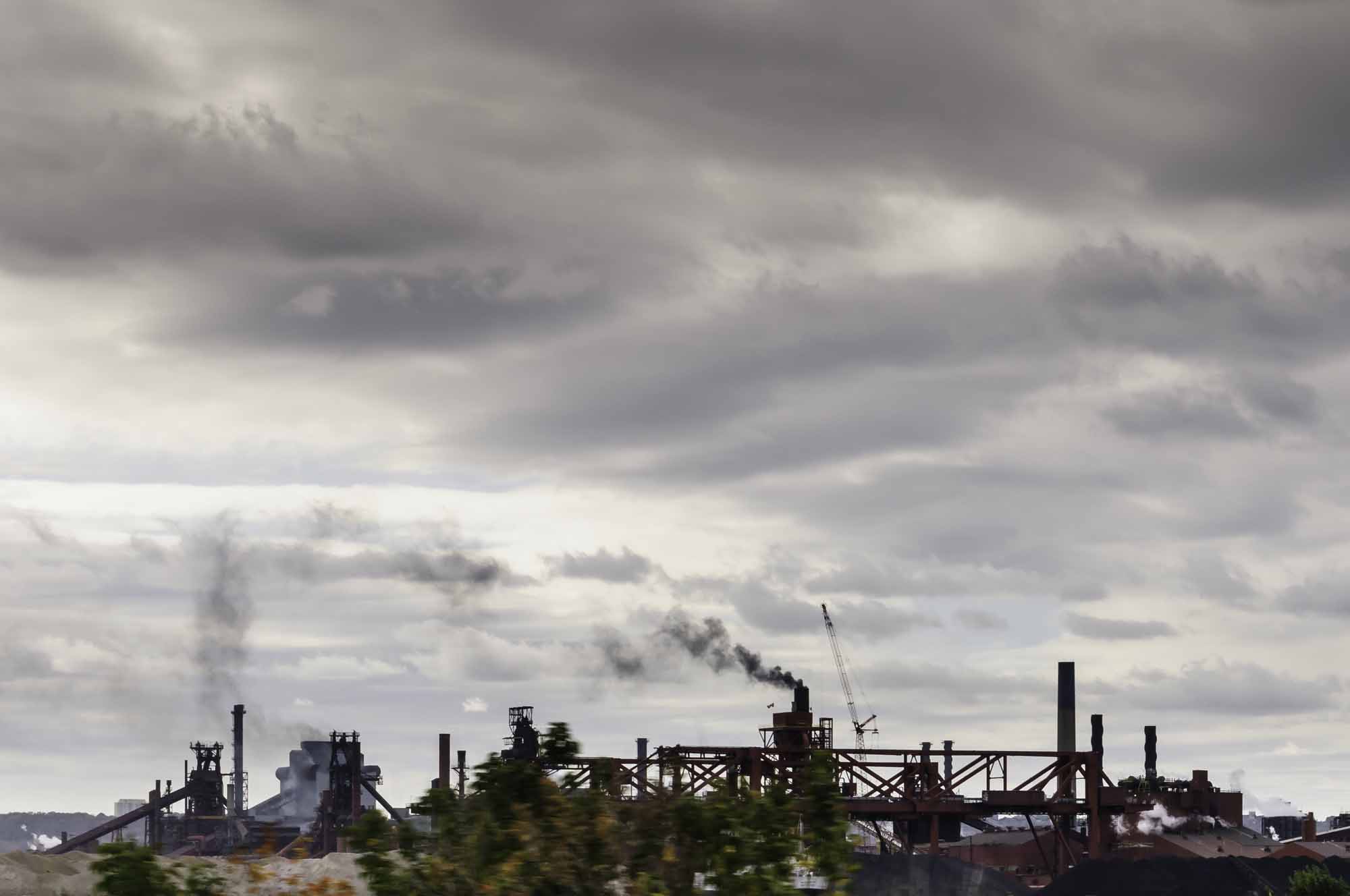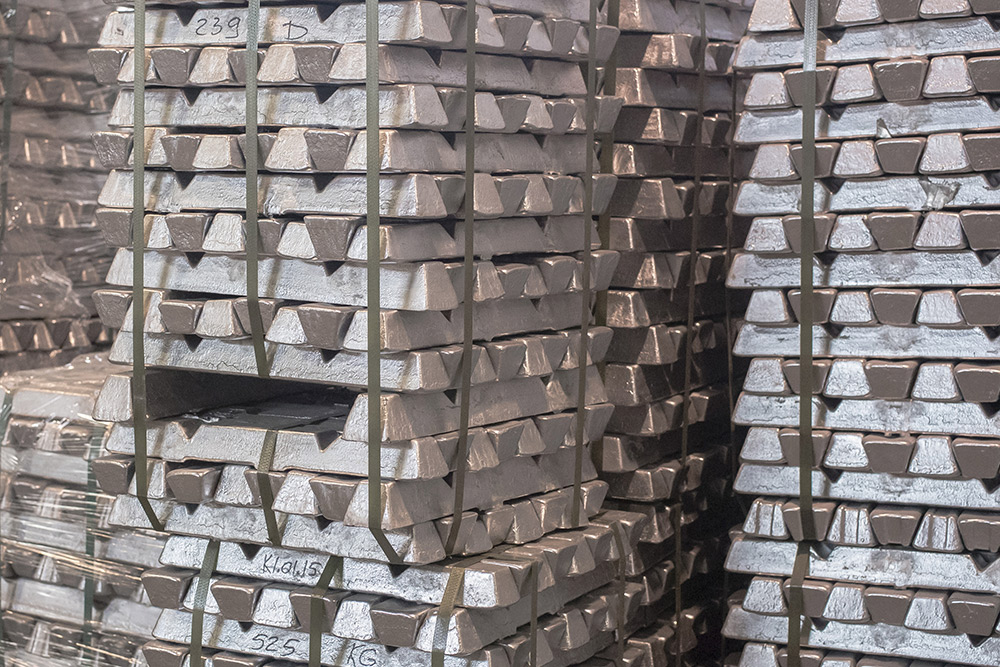Macleans
100th Anniversary of Frank Slide Disaster
This article was originally published in Maclean’s magazine on April 28, 2003. Partner content is not updated.

Enter your search term
Signing up enhances your TCE experience with the ability to save items to your personal reading list, and access the interactive map.
Create AccountMacleans
This article was originally published in Maclean’s magazine on April 28, 2003. Partner content is not updated.
"https://www.thecanadianencyclopedia.ca/images/tce_placeholder.jpg?v=e9dca980c9bdb3aa11e832e7ea94f5d9" // resources/views/front/categories/view.blade.phphttps://www.thecanadianencyclopedia.ca/images/tce_placeholder.jpg?v=e9dca980c9bdb3aa11e832e7ea94f5d9

Article
Abalone (Haliotis), genus of primitive marine gastropod molluscs with over 70 species worldwide. There are 2 species in Canada. The pinto abalone (Haliotis kamtschatkana) also known as the Japanese or northern ear shell, is found along the entire BC coast.
"https://d3d0lqu00lnqvz.cloudfront.net/media/media/217011ad-da15-422e-8c98-f2506acb64f1.jpg" // resources/views/front/categories/view.blade.phphttps://d3d0lqu00lnqvz.cloudfront.net/media/media/217011ad-da15-422e-8c98-f2506acb64f1.jpg

Article
Acid rain is the wet or dry deposition of acidic substances and their precursors on the Earth's surface. The ongoing industrialization of society has resulted in the increased release of acidic chemicals into the atmosphere.
"https://d3d0lqu00lnqvz.cloudfront.net/media/media/e65c5497-0412-4440-b734-58a2c72d429e.jpg" // resources/views/front/categories/view.blade.phphttps://d3d0lqu00lnqvz.cloudfront.net/media/media/e65c5497-0412-4440-b734-58a2c72d429e.jpg

Article
Wind erosion processes consist of abrasion, the scouring of exposed surfaces by the sand-blasting action of wind-borne material; and deflation, the removal of sand-sized and smaller particles by the wind.
"https://d3d0lqu00lnqvz.cloudfront.net/media/media/cc966717-9f16-4e83-9e03-6015c4e2719a.jpg" // resources/views/front/categories/view.blade.phphttps://d3d0lqu00lnqvz.cloudfront.net/media/media/cc966717-9f16-4e83-9e03-6015c4e2719a.jpg

Article
Agriculture is the practice of growing crops and rearing animals mainly for food. Farmers also produce other items such as wool from sheep and CBD oil from hemp plants. In Canada, agriculture is an important industry. Only about 7 per cent of Canada’s land can be farmed. Other marginal (poorer) land can be used to ranch cattle. Aquaculture operations are found on the East and West Coasts and in the Great Lakes. Some crops such as tomatoes, cannabis and flowers are grown in greenhouses in urban centres. Canadian agriculture faces many challenges. Some of these challenges concern crop protection, soil conservation, labour, climate change and health. Click here for definitions of key terms used in this article. This is the full-length entry about agriculture in Canada. For a plain-language summary, please Agriculture in Canada (Plain-Language Summary).
"https://d3d0lqu00lnqvz.cloudfront.net/media/media/dc2050ae-b79f-4f42-9cb0-d37a157abffa.jpg" // resources/views/front/categories/view.blade.phphttps://d3d0lqu00lnqvz.cloudfront.net/media/media/dc2050ae-b79f-4f42-9cb0-d37a157abffa.jpg

Article
Air pollutants are substances that, when present in the atmosphere in sufficient quantities, may adversely affect people, animals, vegetation or inanimate materials.
"https://d3d0lqu00lnqvz.cloudfront.net/media/media/7ee1904a-bee2-4a28-ad36-2307fd5d6f0d.jpg" // resources/views/front/categories/view.blade.phphttps://d3d0lqu00lnqvz.cloudfront.net/media/media/7ee1904a-bee2-4a28-ad36-2307fd5d6f0d.jpg

Article
The site is important because it confirms that Centrosaurus was a herding dinosaur, and documents that the herds were larger than previously thought, numbering well into the thousands.
"https://d3d0lqu00lnqvz.cloudfront.net/media/media/02a642a0-0d77-4886-9c75-55a389c9b77a.jpg" // resources/views/front/categories/view.blade.phphttps://d3d0lqu00lnqvz.cloudfront.net/media/media/02a642a0-0d77-4886-9c75-55a389c9b77a.jpg

Article
Alder, tree or shrub of genus Alnus of birch family. The 30 known species are found mainly in the northern hemisphere; 3 are native to Canada.
"https://www.thecanadianencyclopedia.ca/images/tce_placeholder.jpg?v=e9dca980c9bdb3aa11e832e7ea94f5d9" // resources/views/front/categories/view.blade.phphttps://www.thecanadianencyclopedia.ca/images/tce_placeholder.jpg?v=e9dca980c9bdb3aa11e832e7ea94f5d9

Article
Alderfly, small (13-18 mm), dark, soft-bodied insect of order Megaloptera, family Sialidae, found in freshwater habitats bordered by alder.
"https://www.thecanadianencyclopedia.ca/images/tce_placeholder.jpg?v=e9dca980c9bdb3aa11e832e7ea94f5d9" // resources/views/front/categories/view.blade.phphttps://www.thecanadianencyclopedia.ca/images/tce_placeholder.jpg?v=e9dca980c9bdb3aa11e832e7ea94f5d9

Article
Alfalfa, or lucerne (genus Medicago), is a herbaceous perennial belonging to the legume family and grown as a forage crop.
"https://d3d0lqu00lnqvz.cloudfront.net/media/media/64d2d776-8564-492c-9489-c2fdcb9c1128.jpg" // resources/views/front/categories/view.blade.phphttps://d3d0lqu00lnqvz.cloudfront.net/media/media/64d2d776-8564-492c-9489-c2fdcb9c1128.jpg

Article
They are mostly photosynthetic organisms whose body is termed a thallus (ie; they lack leaves, stems and roots). All the photosynthetic forms possess chlorophyll a as their primary photosynthetic pigment. Algae also form unprotected reproductive structures.
"https://www.thecanadianencyclopedia.ca/images/tce_placeholder.jpg?v=e9dca980c9bdb3aa11e832e7ea94f5d9" // resources/views/front/categories/view.blade.phphttps://www.thecanadianencyclopedia.ca/images/tce_placeholder.jpg?v=e9dca980c9bdb3aa11e832e7ea94f5d9

Article
The oldest provincial park in Ontario and the first provincial park in Canada, Algonquin Provincial Park (established 27 May 1893, 7723 km2) is located 250 km north of Toronto.
"https://d3d0lqu00lnqvz.cloudfront.net/media/media/1b143946-7784-4095-bcc1-8ff97b0f042d.jpg" // resources/views/front/categories/view.blade.phphttps://d3d0lqu00lnqvz.cloudfront.net/media/media/1b143946-7784-4095-bcc1-8ff97b0f042d.jpg

Article
Allison Pass, elevation 1,352 metres, is located at kilometre 60, the highest point on the Hope-Princeton Highway (opened 1949) through the Cascade Mountains of southern British Columbia.
"https://www.thecanadianencyclopedia.ca/images/tce_placeholder.jpg?v=e9dca980c9bdb3aa11e832e7ea94f5d9" // resources/views/front/categories/view.blade.phphttps://www.thecanadianencyclopedia.ca/images/tce_placeholder.jpg?v=e9dca980c9bdb3aa11e832e7ea94f5d9

Article
Aluminum is a lightweight, strong and flexible metal that resists corrosion and is 100 per cent recyclable. It is a common material in vehicles, buildings, consumer goods, packaging, power transmission and electronics. Canada’s aluminum industry began at the turn of the 20th century and grew quickly during both World Wars. In 2022, Canada produced approximately 3.0 million tonnes of primary aluminum, making it the world's fourth largest primary aluminum producer. The country nevertheless accounts for 4.4 per cent of global production. Aside from one smelter in Kitimat, British Columbia, all Canadian plants are in the province of Quebec. Click here for definitions of key terms used in this article.
"https://d3d0lqu00lnqvz.cloudfront.net/media/new_article_images/Aluminum/dreamstime_xl_111789085.jpg" // resources/views/front/categories/view.blade.phphttps://d3d0lqu00lnqvz.cloudfront.net/media/new_article_images/Aluminum/dreamstime_xl_111789085.jpg

Article
The American Bullfrog (Lithobates catesbeianus) is a large bullfrog native to Eastern and central North America. Within Canada, it is native to Ontario, Quebec, New Brunswick and Nova Scotia, and introduced in British Columbia. The bullfrog is the largest frog species in North America. It is known to be an opportunistic predator and will often attempt to eat anything smaller than itself. (See also Frog Species in Canada.)
"https://d3d0lqu00lnqvz.cloudfront.net/americanbullfrog/bullfrog.jpg" // resources/views/front/categories/view.blade.phphttps://d3d0lqu00lnqvz.cloudfront.net/americanbullfrog/bullfrog.jpg
